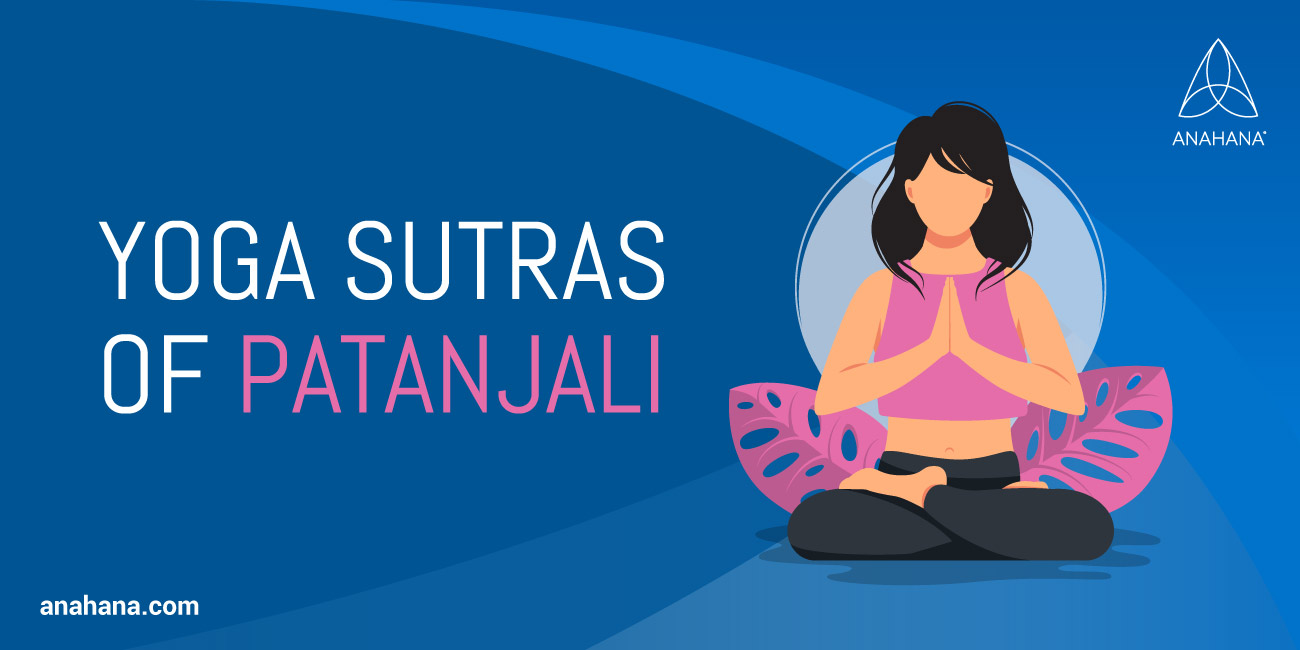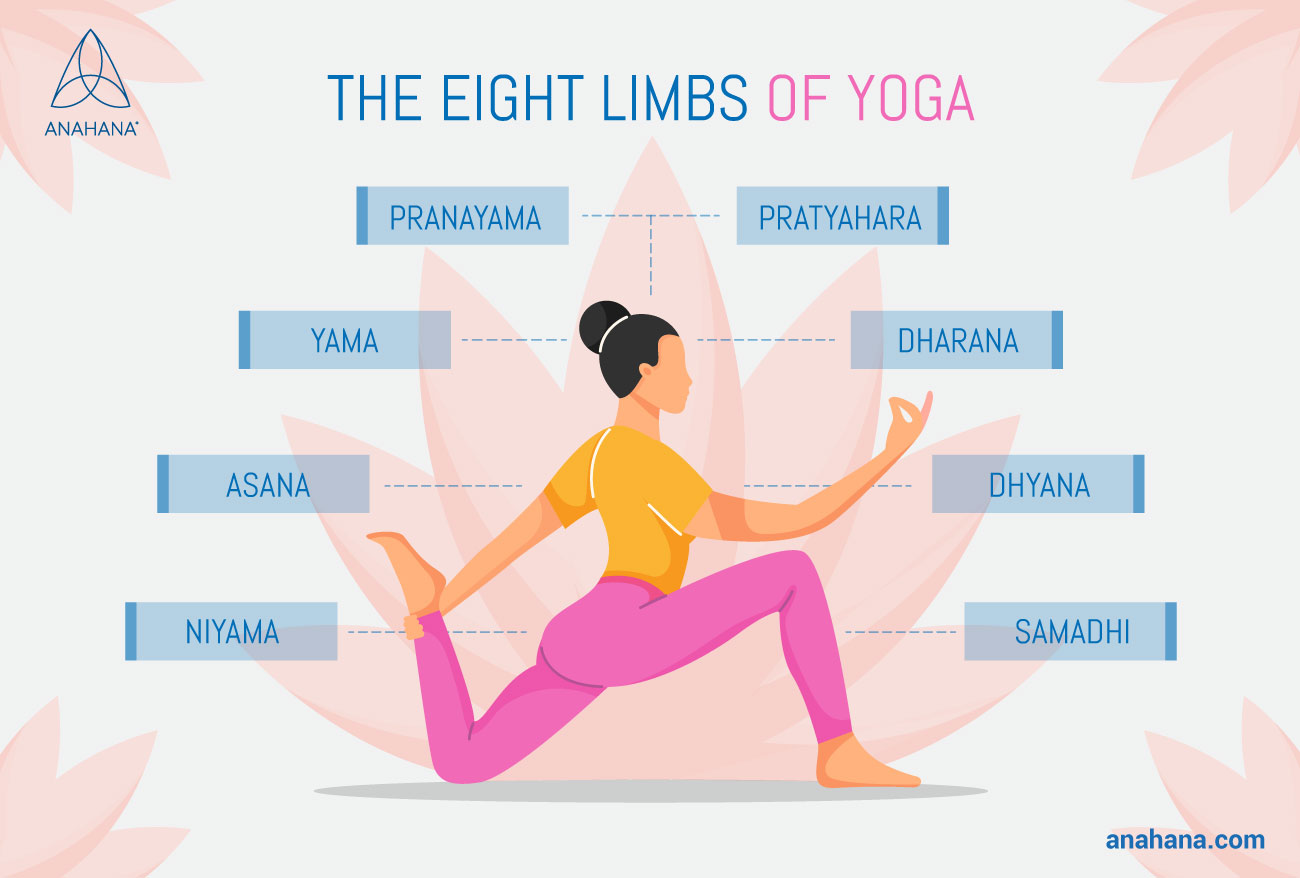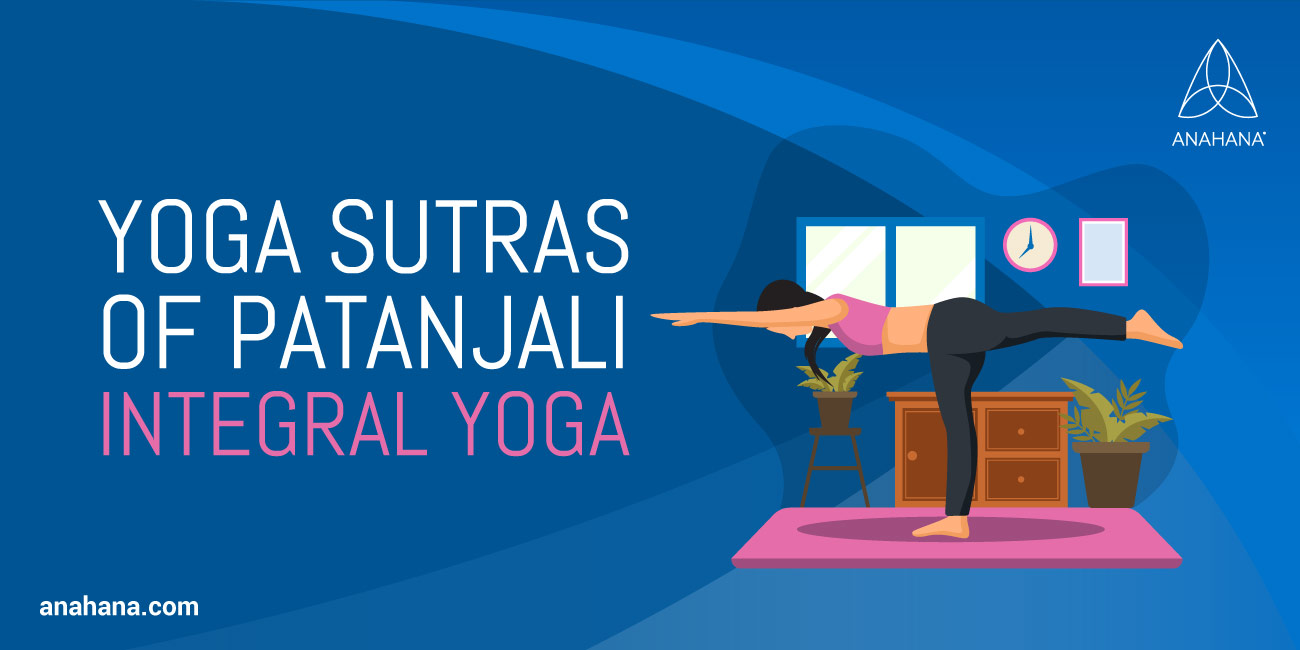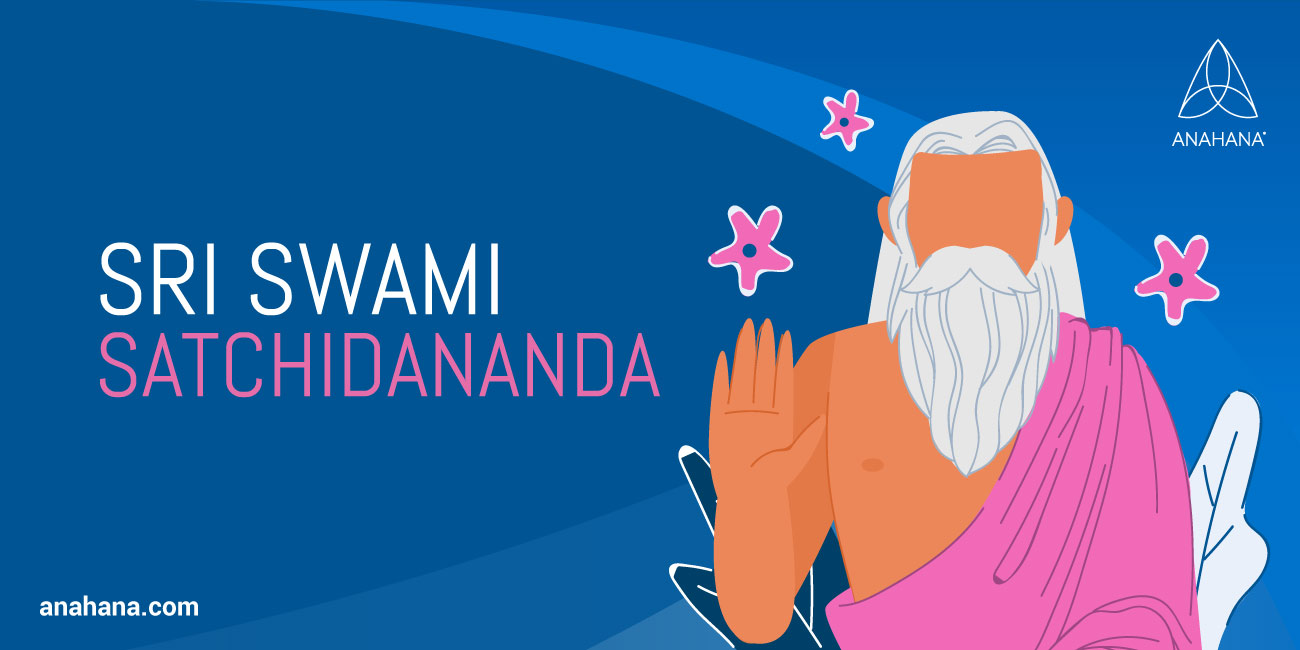
Table of Contents
The yoga sutras of Pantajali are a set of 196 aphorisms that guide yoga practice. They are one of the most important texts in yoga and offer a comprehensive view of the philosophy and practice of yoga. Patanjali compiled the classic sutras around 200 CE for an in-depth look at the nature of mind, consciousness, and liberation. The timeless teachings work as practical advice rooted in the yoga tradition.
Who was Patanjali?
 Patanjali was a yoga master, and while there is not much known about him, he was presumably of Indian origin and lived between the second and fourth century BC. He is a pupil of yoga master yoga Vasishtha. Patanjali is best known for compiling the yoga sutras, a set of 196 aphorisms that guide yoga practice.
Patanjali was a yoga master, and while there is not much known about him, he was presumably of Indian origin and lived between the second and fourth century BC. He is a pupil of yoga master yoga Vasishtha. Patanjali is best known for compiling the yoga sutras, a set of 196 aphorisms that guide yoga practice.
The yoga sutras offer a comprehensive and fundamental view of the philosophy and practice of yoga. They discuss the true nature of mind, consciousness, and liberation and provide an in-depth look at the path to enlightenment and physical, mental, and emotional harmony.
Patanjali's yoga sutras are still considered an authoritative text on yoga today and provide insight for yoga practitioners worldwide.
Yoga Bhashya
The Yoga Bhashya is a commentary on the yoga sutras of Patanjali, written by yoga master Vyasa. The Yogabhashya was written around 600 CE and is one of the most critical commentaries on the yoga sutras. It offers a detailed explanation of the yoga sutras and discusses their implications for yoga practice.
The Four Chapters of the Yoga Sutras
Samadhi Pada
The Samadhi Pada is the first chapter in the yoga sutras of Patanjali. It discusses the essential nature of yoga and offers a detailed explanation of the practice of yoga.
Sadhana Pada
The Sadhana Pada is the second of four chapters in the yoga sutras of Patanjali. It discusses the practice of yoga and offers a detailed explanation of the benefits of yoga.
Vibhuti Pada
The Vibhuti Pada is the third chapter in the yoga sutras of Patanjali. It discusses the powers one can attain through yoga practice and offers a detailed explanation of yoga philosophy, focusing on the last two Limbs of Yoga: The first of which is Dhyana (mindful meditation or contemplation), and The eighth, and final stage of Ashtanga, Samadhi (ecstasy)
Kaivalya Pada
The Kaivalya Pada is the fourth and final chapter in the yoga sutras of Patanjali. It reflects on what is achieved by one’s mind, thus preparing you for complete and utter liberation (moksha). It’s the last stage of yoga and the grand finale of the sutras.
Patanjali's yoga sutras are a comprehensive guide to the philosophy and practice of yoga. They offer a detailed explanation of yoga and how it can help one achieve liberation.
Ashtanga Yoga and the Eight Limbs
 The eight limbs of yoga are ethical guidelines that help individuals live a meaningful and purposeful life. They are the means of achieving discriminative discernment. Wisdom obtained through the eight limbs guides practitioners on the spiritual journey in their nature. Ashtanga yoga is a type of yoga that follows the eight limbs of yoga. By following a journey through the eight limbs, people often attain inner consciousness and the disappearance of obstacles.
The eight limbs of yoga are ethical guidelines that help individuals live a meaningful and purposeful life. They are the means of achieving discriminative discernment. Wisdom obtained through the eight limbs guides practitioners on the spiritual journey in their nature. Ashtanga yoga is a type of yoga that follows the eight limbs of yoga. By following a journey through the eight limbs, people often attain inner consciousness and the disappearance of obstacles.
This journey will often include self-realization to allow the practitioner to be grounded in their daily life. People often experience wholeness and lose the desire for physical contact, reflecting supreme self-control over the sense organs. The eight limbs are:
Yamas or restraint
Restraints, or universal moral commandments (such as non-violence, truthfulness, non-stealing, etc.)
Niyamas or observances
Personal observances, such as cleanliness, contentment, and self-discipline.
Asana or physical postures
Physical yoga help improve your strength, flexibility, and balance.
Pranayama or breath control
Pranayama originates from the Sanskrit language, meaning "extension of the prana or breath," teaching breath control.
Pratyahara or withdrawal of the senses
Pratyahara is withdrawing the senses from external stimuli through meditation, breathing exercises, and visualizations.
Dharana or concentration
Dharana is the practice of concentration, often focusing on an external object and only the object, such as a candle flame.
Dhyana or meditation
Usually translated as “meditation,” it can also hold the meaning of “contemplation” or “reflection.”
Samadhi or meditative absorption
The highest state of concentration and pure consciousness pursued by yoga practitioners. A further distinction is Dharma Megha Samadhi, or the final state of concentration, known as the “cloud of virtue.”
Integral Yoga
 Integral yoga, developed by Sri Aurobindo and the Mother (Miri Alfassa), includes all eight of these limbs in its practice and combines various Yoga methods, including Hatha Yoga (classical yoga), selfless service, meditation, prayer, and 5,000-year-old philosophy that helps one find the peace and joy within.
Integral yoga, developed by Sri Aurobindo and the Mother (Miri Alfassa), includes all eight of these limbs in its practice and combines various Yoga methods, including Hatha Yoga (classical yoga), selfless service, meditation, prayer, and 5,000-year-old philosophy that helps one find the peace and joy within.
The eight limbs of yoga provide a comprehensive framework for a meaningful and purposeful life. By following these guidelines, practitioners can improve their physical, mental, and spiritual well-being. Sri Gurudev founded and is the guiding light for Integral Yoga International. Integral Yoga, as taught by Sri Gurudev. Integral Yoga Teaching Centers throughout the United States and abroad offer classes and training programs in all aspects of Integral Yoga.
Raja Yoga
In Sanskrit texts, Rāja yoga, was both the goal of yoga and a method to attain it. Raja yoga is a type of yoga that focuses on the mind. It offers a comprehensive guide to the self-control of the mind and is an essential text for understanding yoga. Seekers treading the spiritual path refer to the book, “The Yoga Sutras of Pantanjali Satchidananda, Patañjali,” for their studies.
Kriya Yoga
Kriya yoga is a type of yoga that focuses on purifying the body and mind. It is one of the most popular types of yoga. It is one of the most vital types of yoga, as it offers a comprehensive guide to purifying the body and mind.
Sri Swami Satchidananda
 “The Yoga Sutras of Patanjali”, is a valuable book written by Sri Swami Satchidananda, one of the most respected and revered contemporary yoga masters. These yogic teachings outline the practice of Raja Yoga and meditation in the classic context.
“The Yoga Sutras of Patanjali”, is a valuable book written by Sri Swami Satchidananda, one of the most respected and revered contemporary yoga masters. These yogic teachings outline the practice of Raja Yoga and meditation in the classic context.
The novel includes advice from Sri Swamiji, who often said that if the five senses are allowed free reign, they will never allow the mind to rest. Pratyahara practice helps control the senses and redirect the attention inward.
While Pantanjali’s copy presents the sutras in the purest form and original Sanskrit, Satchidananda’s translates well in the modern day. The novel is a complete manual for true self-knowledge, absolute freedom, and religious harmony.
References
The Secret of the Yoga Sutra: Samadhi Pada
Yoga Sutras 101: Everything You Need to Know
Yoga Sutras of Patanjali | Internet Encyclopedia of Philosophy
Disclaimer
The contents of this article are provided for informational purposes only and are not intended to substitute for professional medical advice, diagnosis, or treatment. It is always recommended to consult with a qualified healthcare provider before making any health-related changes or if you have any questions or concerns about your health. Anahana is not liable for any errors, omissions, or consequences that may occur from using the information provided.

By: Anahana
The Anahana team of researchers, writers, topic experts, and computer scientists come together worldwide to create educational and practical wellbeing articles, courses, and technology. Experienced professionals in mental and physical health, meditation, yoga, pilates, and many other fields collaborate to make complex topics easy to understand. Anahana is also home to specialists in crystals, tarot, angel numbers, astrology, life path numbers, zodiac signs, and horoscopes. By combining evidence-based wellness with spiritual and energetic practices, the team offers clear, trustworthy guidance for both mind-body health and modern spirituality.